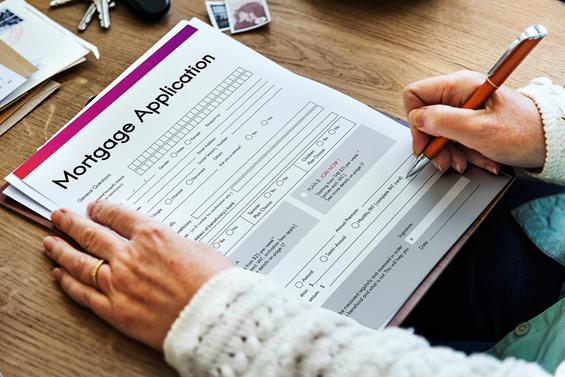Securing a Home in the Sun: Navigating Mortgages in Spain
Spain, with its vibrant culture, stunning landscapes, and warm climate, has long been a dream destination for those seeking a slice of Mediterranean paradise. For many, this dream extends beyond a vacation – it involves owning a piece of Spanish real estate. As you embark on this journey, understanding the intricacies of mortgages in Spain becomes pivotal.
Mortgage Landscape: The Basics
In Spain, mortgages, known as “hipotecas,” are common, and the market has seen significant growth and evolution. Obtaining a mortgage is often the primary route for both locals and foreigners to realize their homeownership aspirations.
Spanish mortgages typically have terms ranging from 15 to 30 years, and the loan-to-value ratio can vary, with lenders often financing up to 70-80% of the property’s appraised value. Interest rates can be fixed or variable, adding a layer of complexity to the decision-making process.
Navigating the Process: Steps to Homeownership
The process of obtaining a mortgage in Spain involves several key steps. First and foremost, it’s crucial to understand your financial standing and assess your borrowing capacity. Spanish banks evaluate applicants based on income, existing debts, and credit history, similar to many other countries.
Once armed with this information, you can begin the exciting journey of property hunting. It’s advisable to work with a reputable real estate agent who can guide you through the nuances of the Spanish property market and help you find a home that aligns with your preferences and budget.
After identifying your dream property, the next step is to secure a “pre-approval” from a bank, demonstrating your eligibility for a mortgage. This step enhances your bargaining power in negotiations and accelerates the closing process once you find the right property.
The Devil in the Details: Mortgage Terms and Conditions
Understanding the terms and conditions of a Spanish mortgage is paramount. Interest rates, whether fixed or variable, have a direct impact on your monthly payments. Variable rates, often linked to the Euribor (Euro Interbank Offered Rate), can result in fluctuations, while fixed rates provide stability but might be initially higher.
Additionally, be mindful of associated costs, such as arrangement fees, notary fees, and property registration taxes. These expenses can accumulate, and factoring them into your budget ensures a more accurate assessment of the overall financial commitment.
Legalities and Safeguards: Due Diligence
Navigating the legal aspects of a property transaction in Spain is essential. Seek legal advice to ensure that all necessary checks are conducted, including verifying the property’s ownership status, existing liens, and compliance with zoning regulations. Engaging a reputable notary to oversee the transaction adds an extra layer of security.
The Ever-Changing Landscape: Market Trends
Staying abreast of market trends is crucial when navigating Spanish mortgages. Economic conditions, regulatory changes, and shifts in property values can impact your investment. Engage with local real estate experts, financial advisors, and stay informed through reliable sources to make informed decisions.
In conclusion, obtaining a mortgage in Spain is a multi-faceted process that requires careful consideration of financial, legal, and market-related factors. As you embark on this journey, leverage the expertise of professionals, conduct thorough due diligence, and envision your dream of homeownership under the warm Spanish sun becoming a reality.

